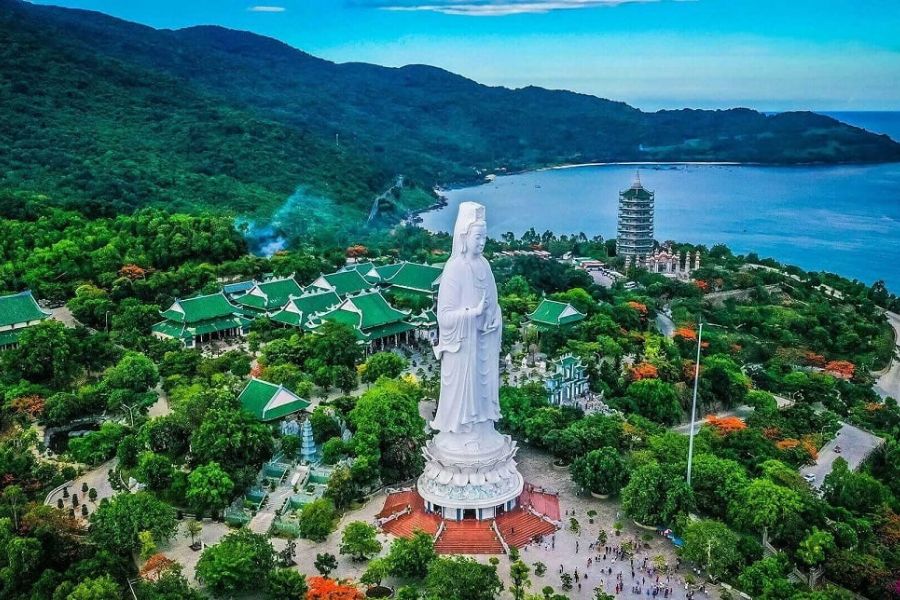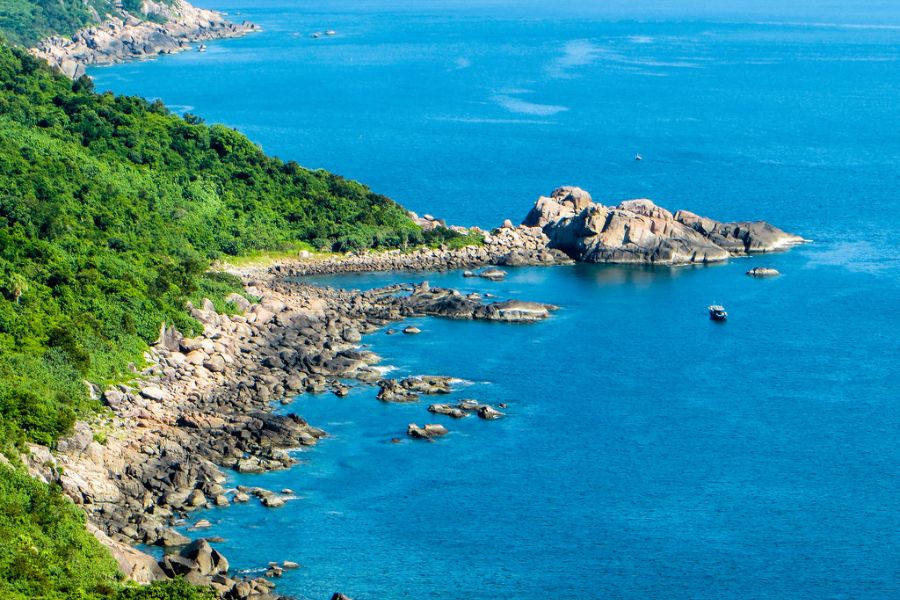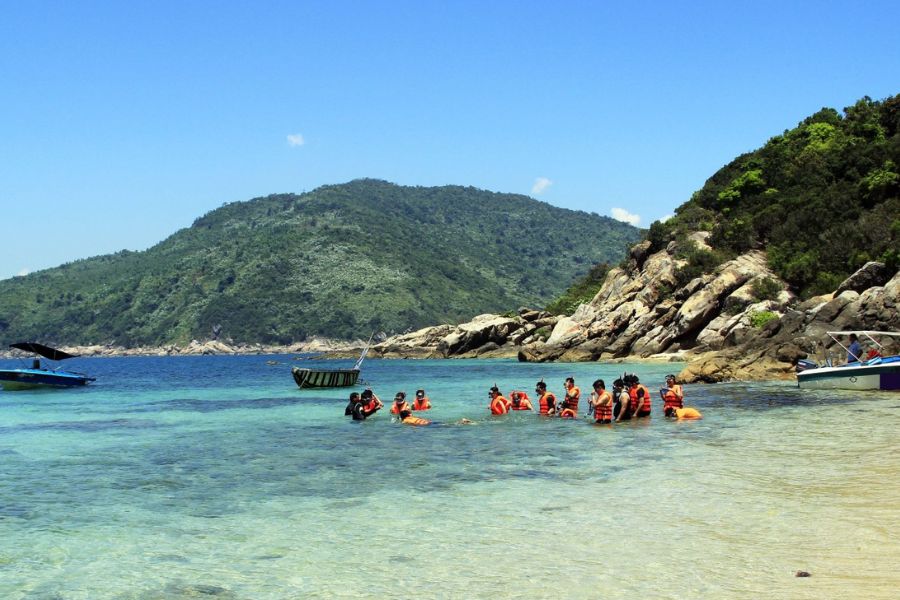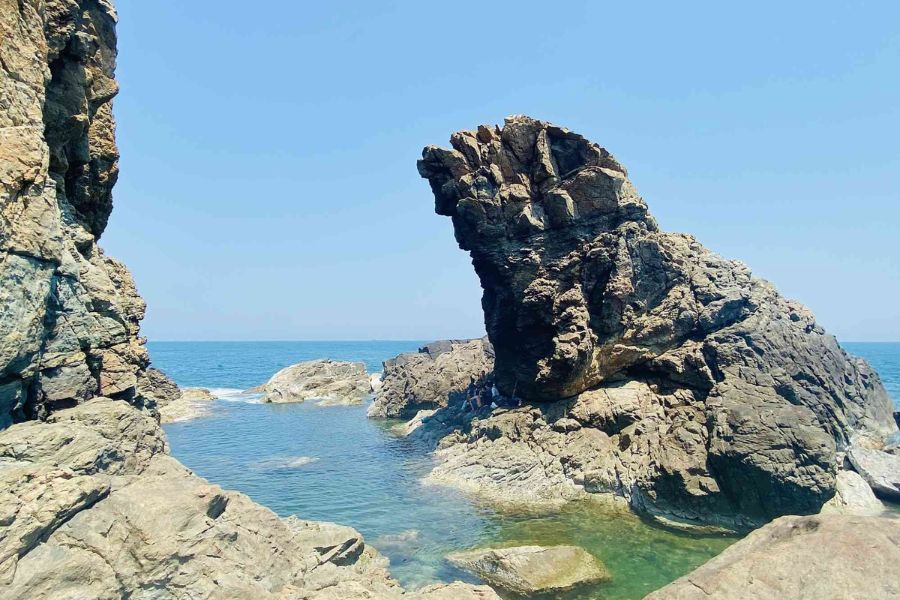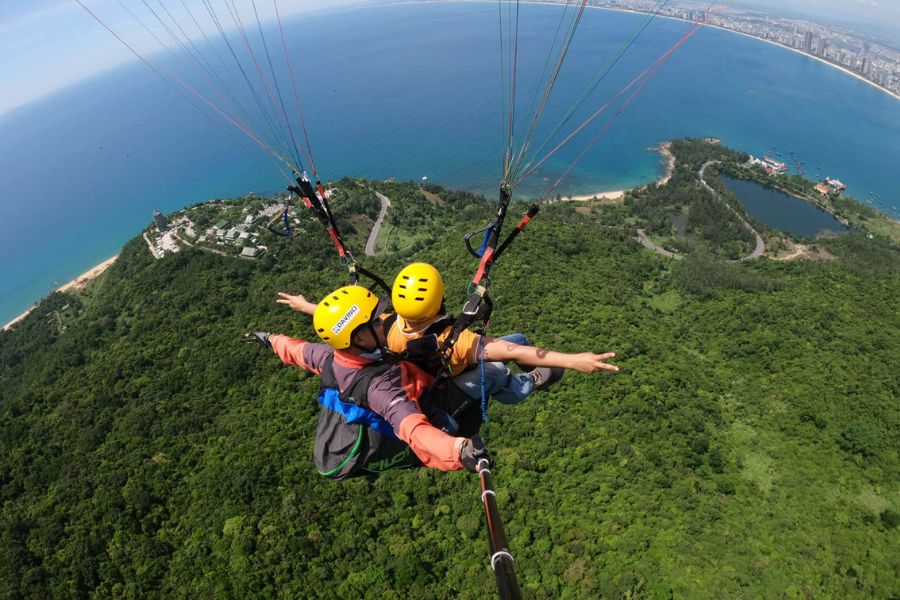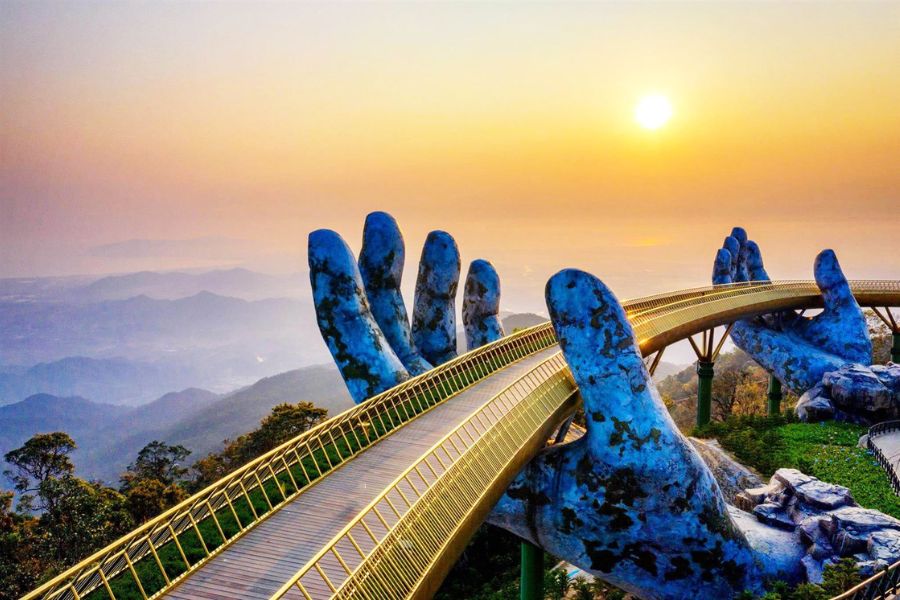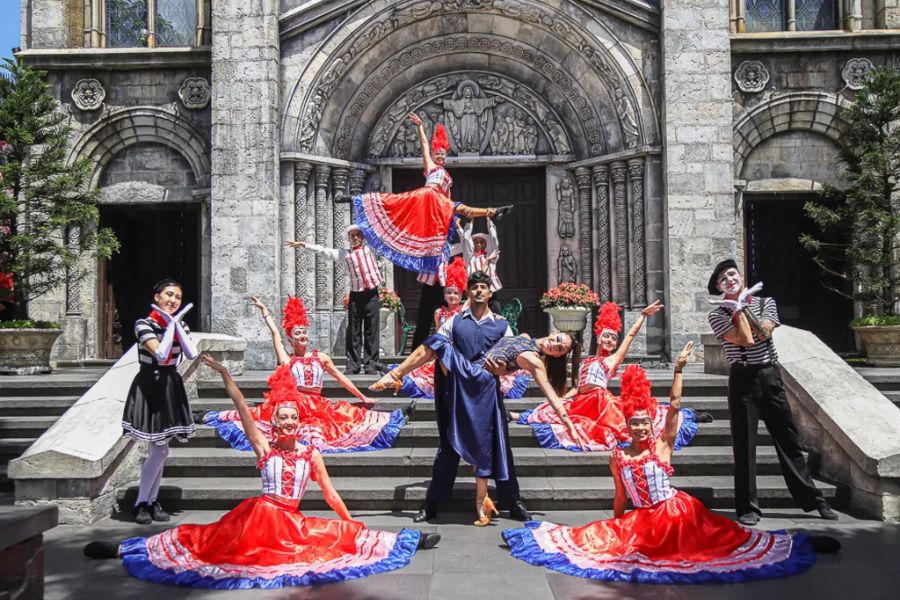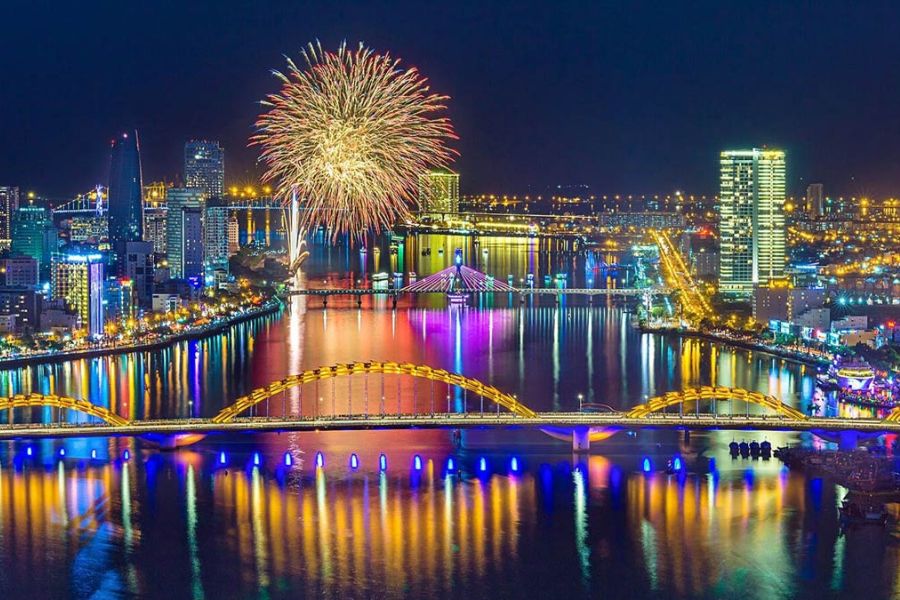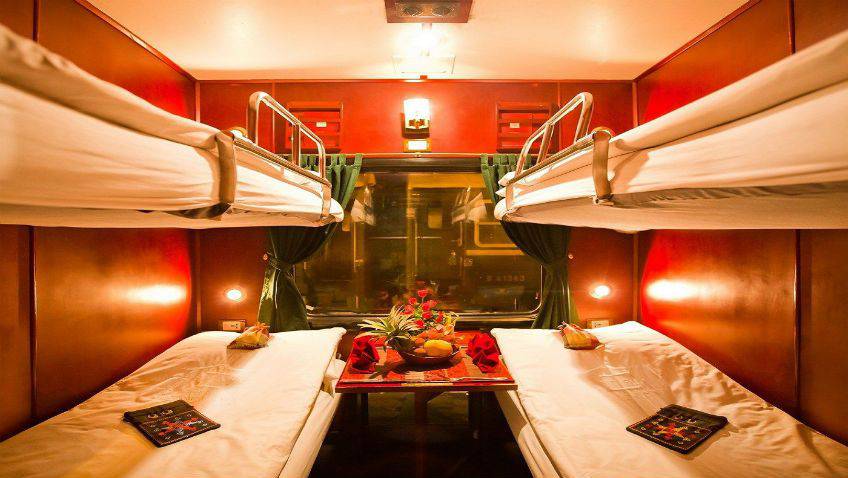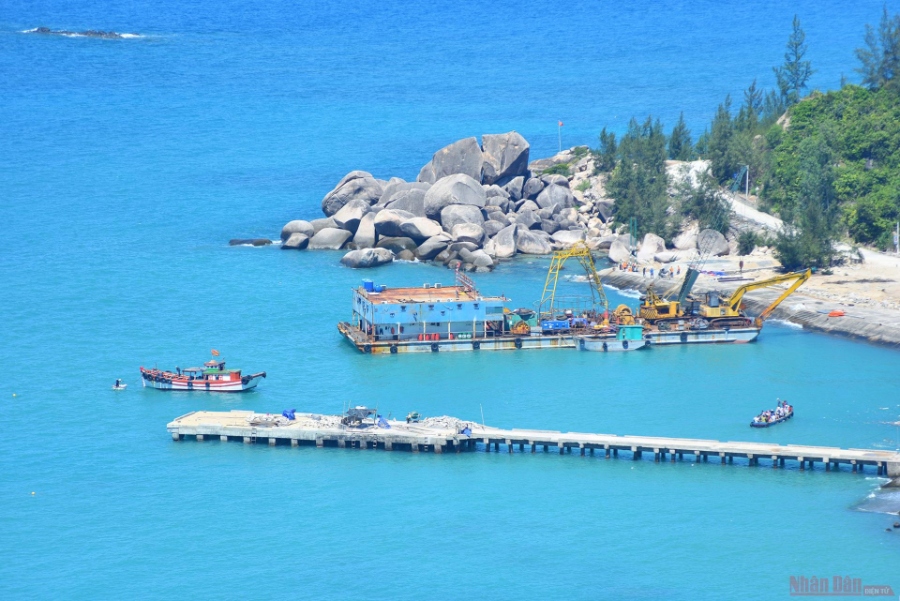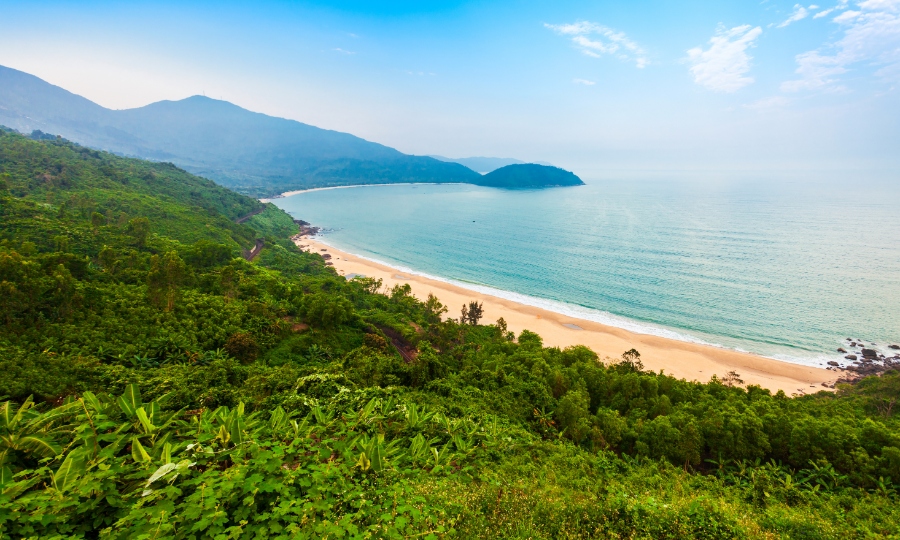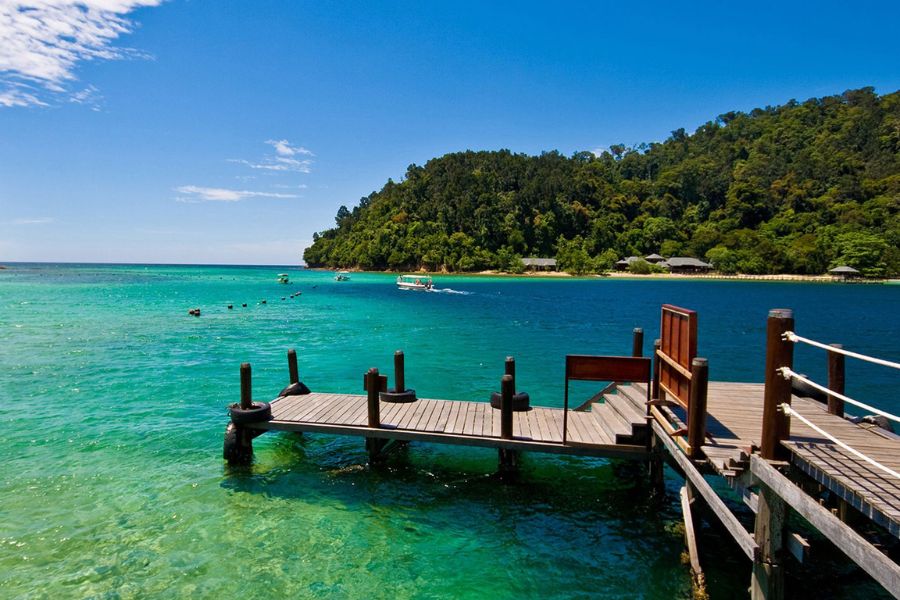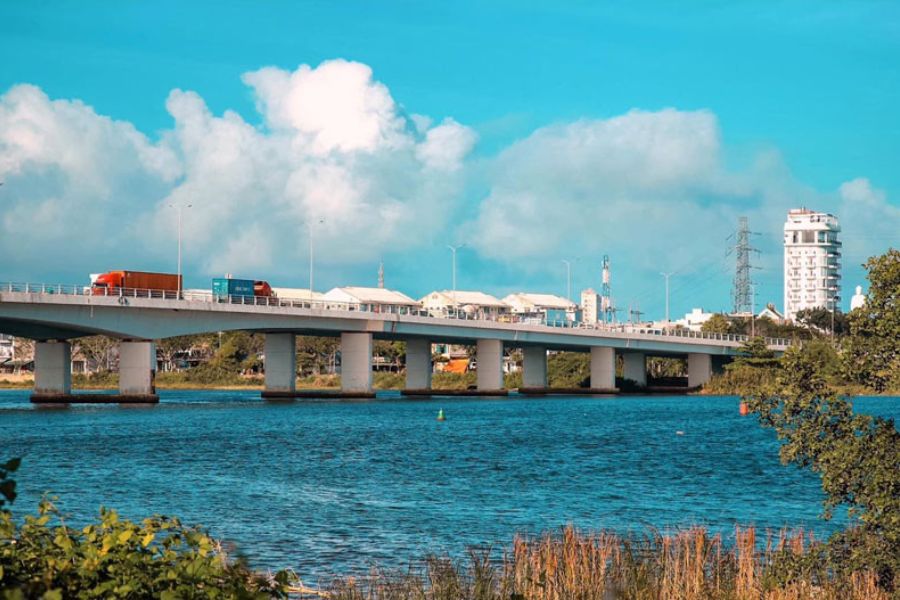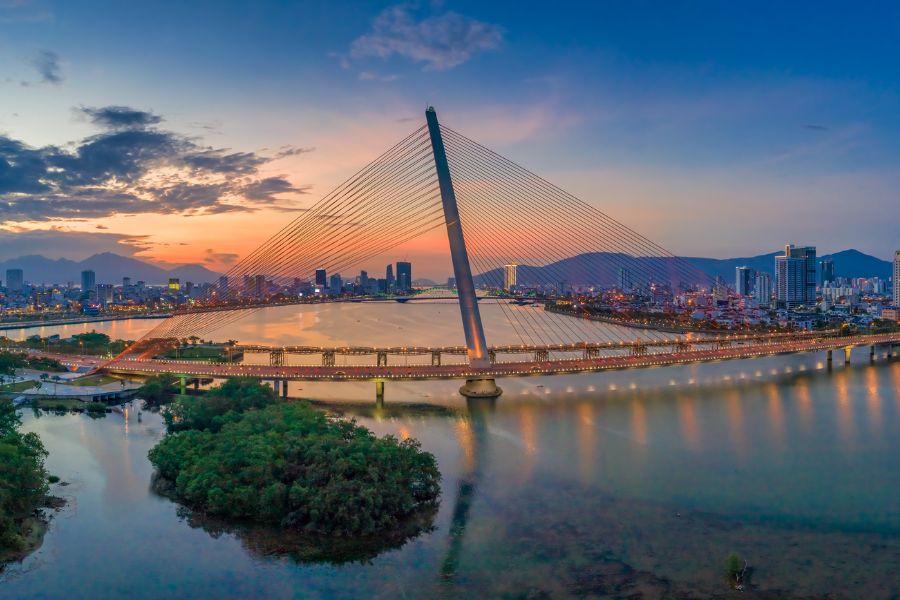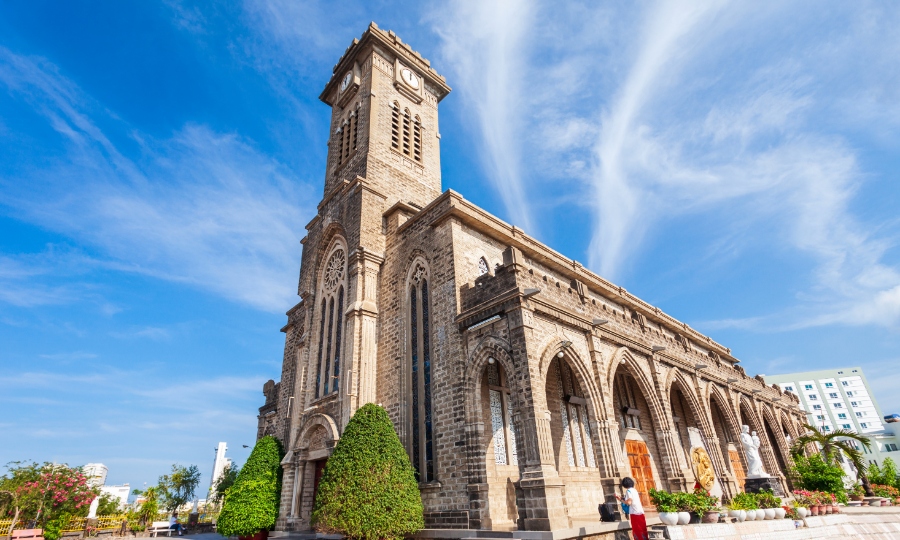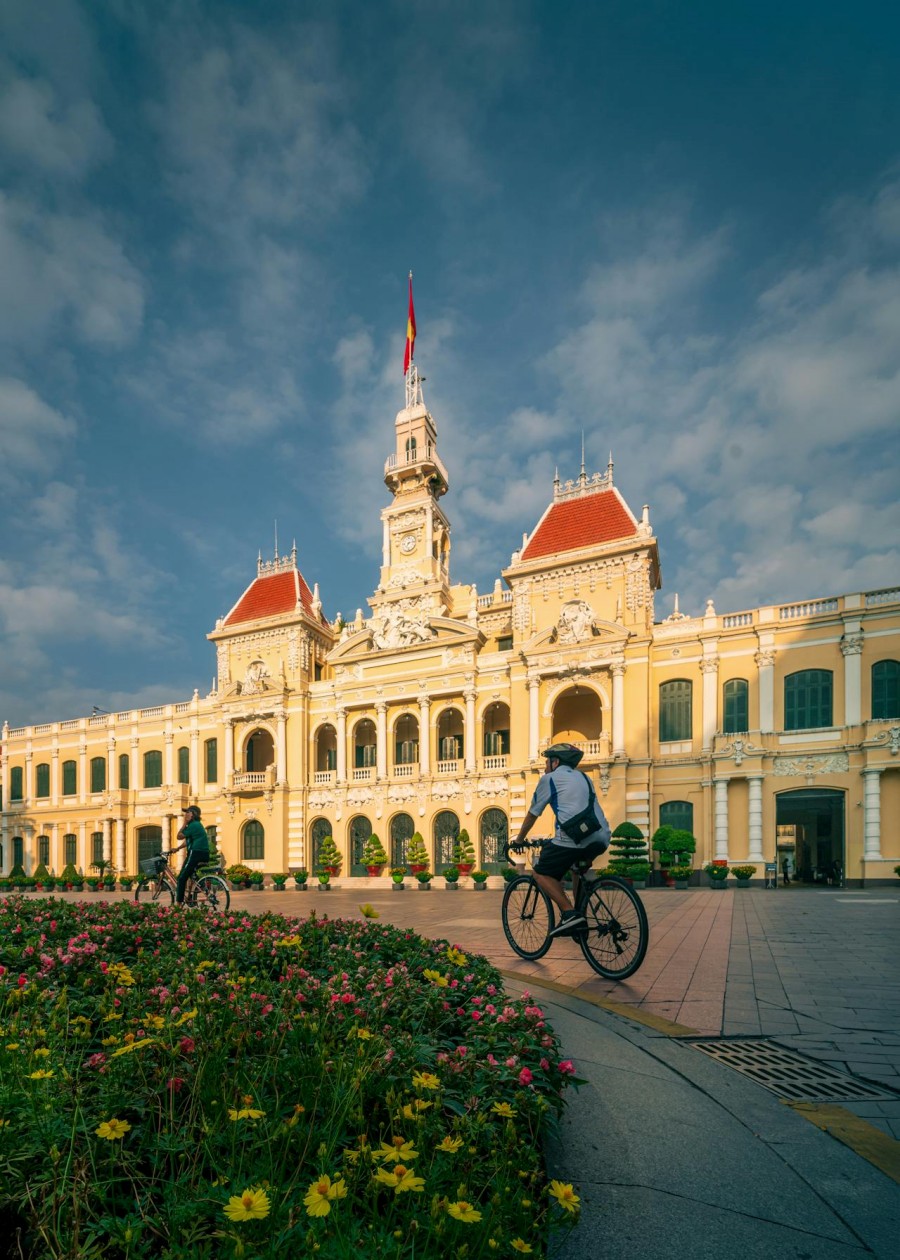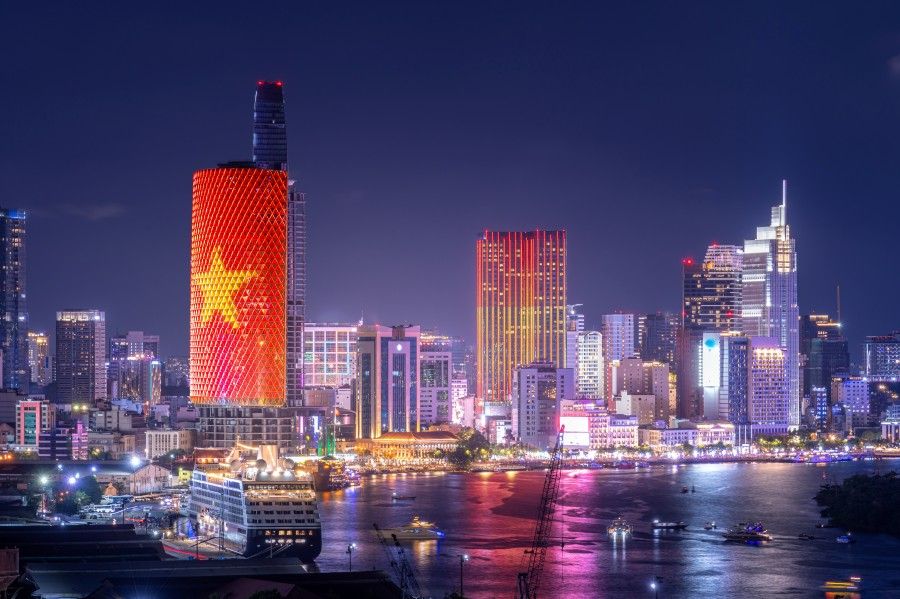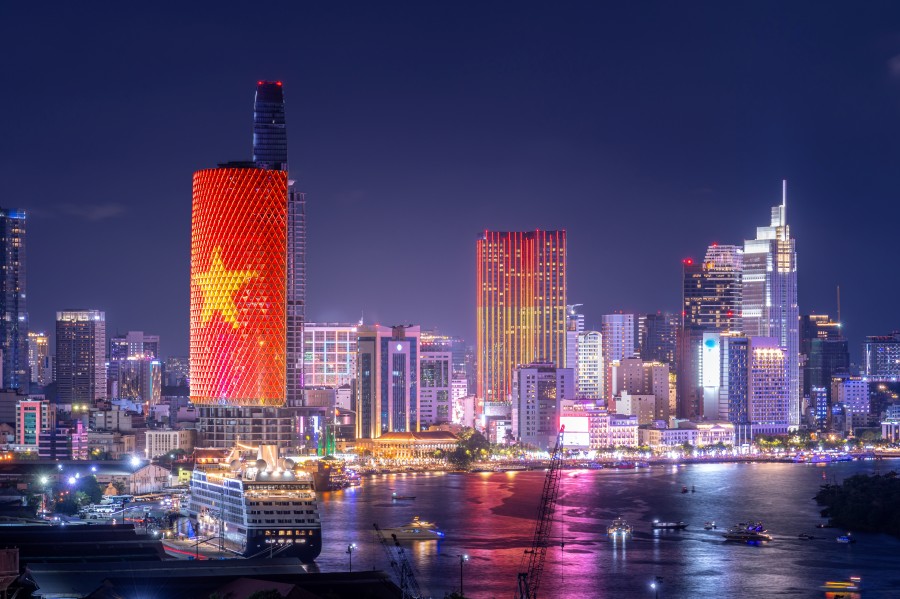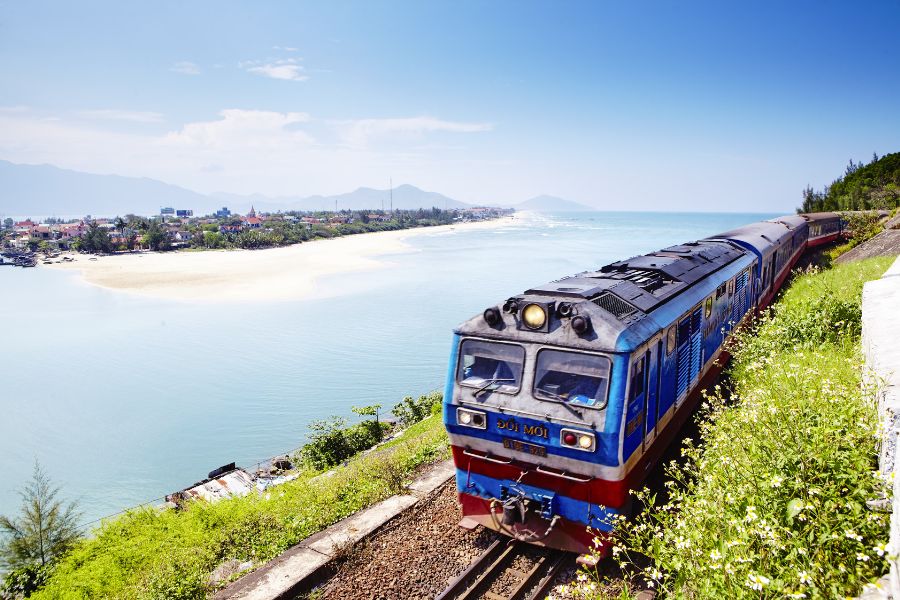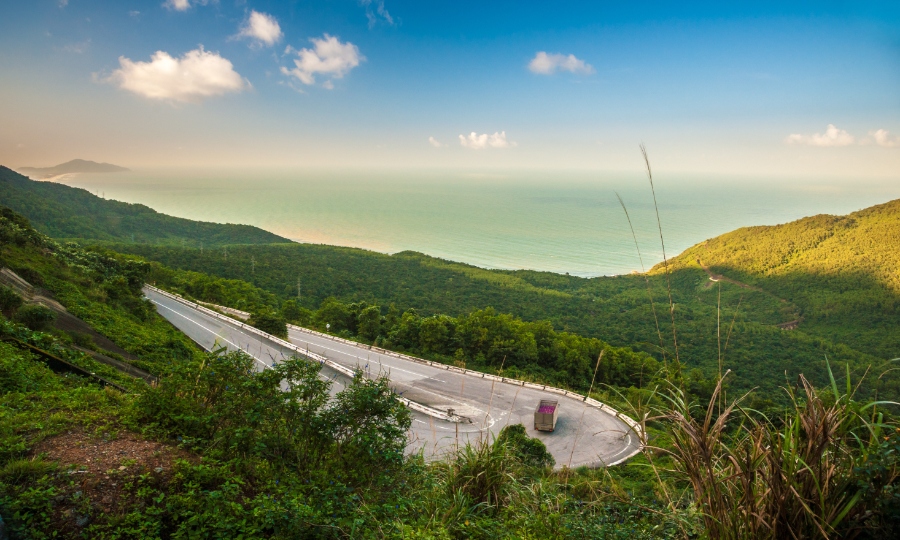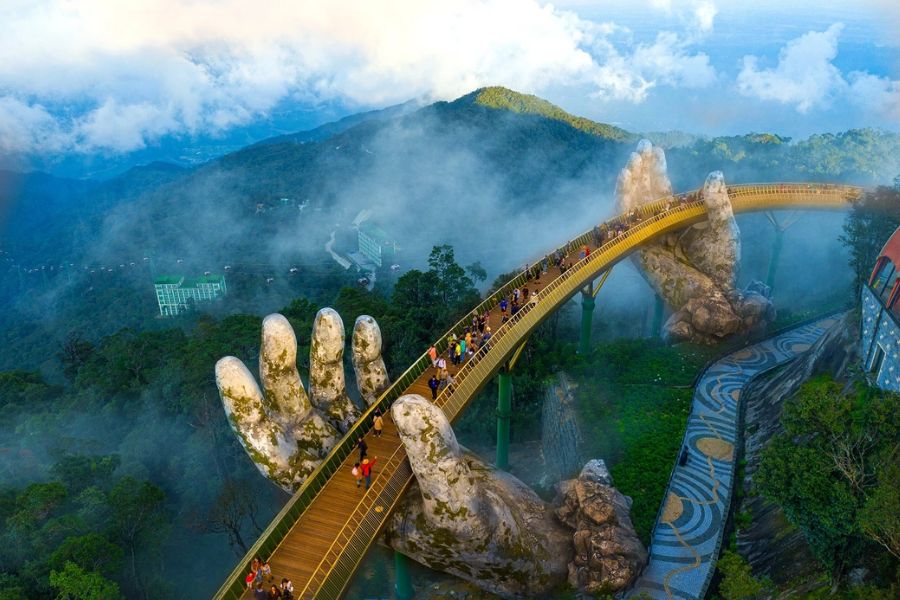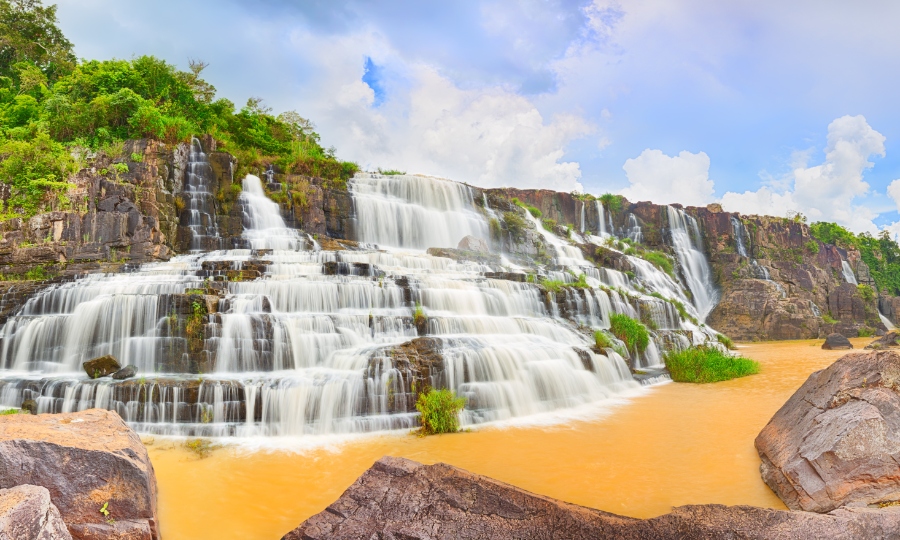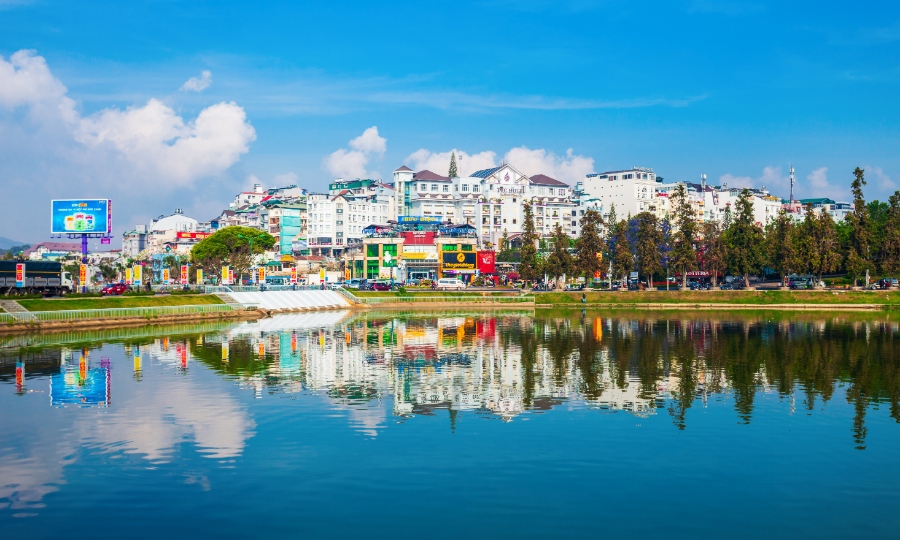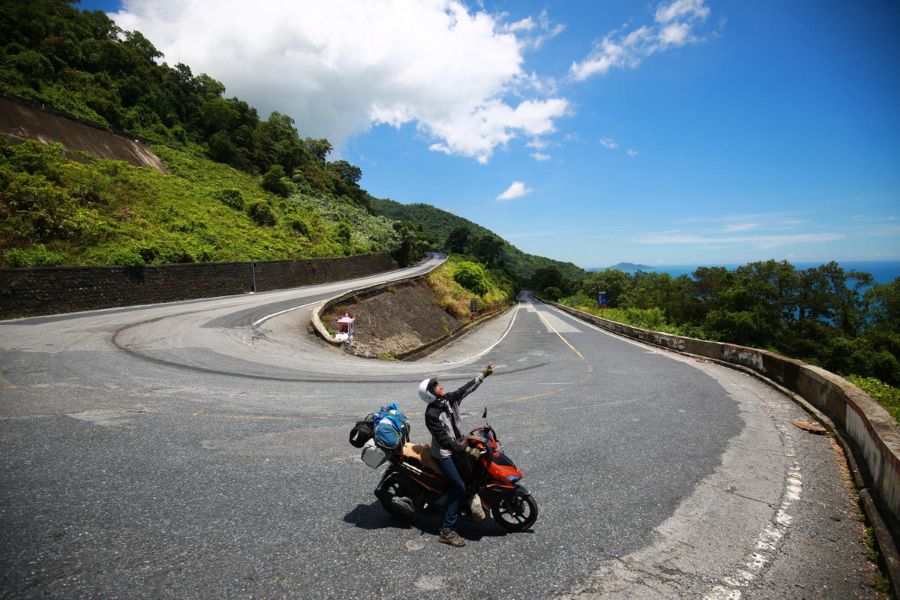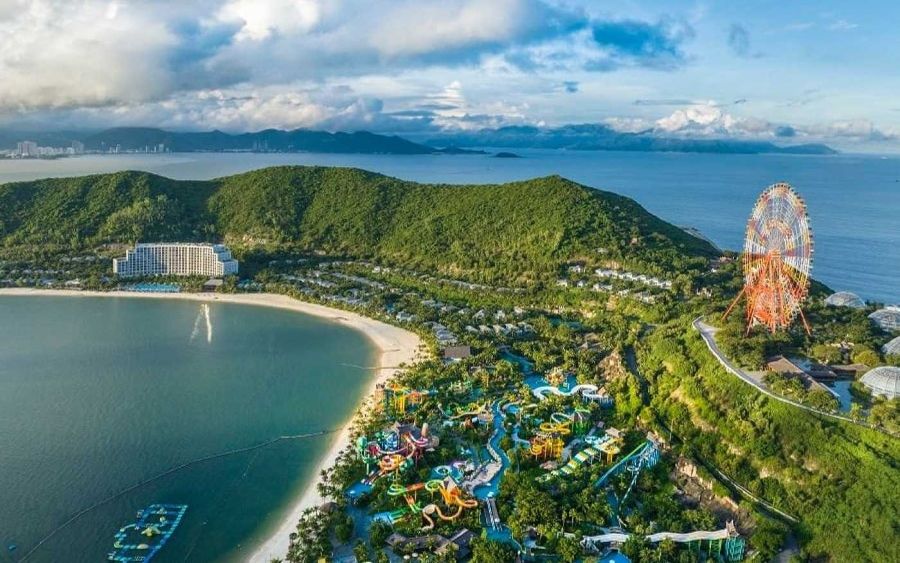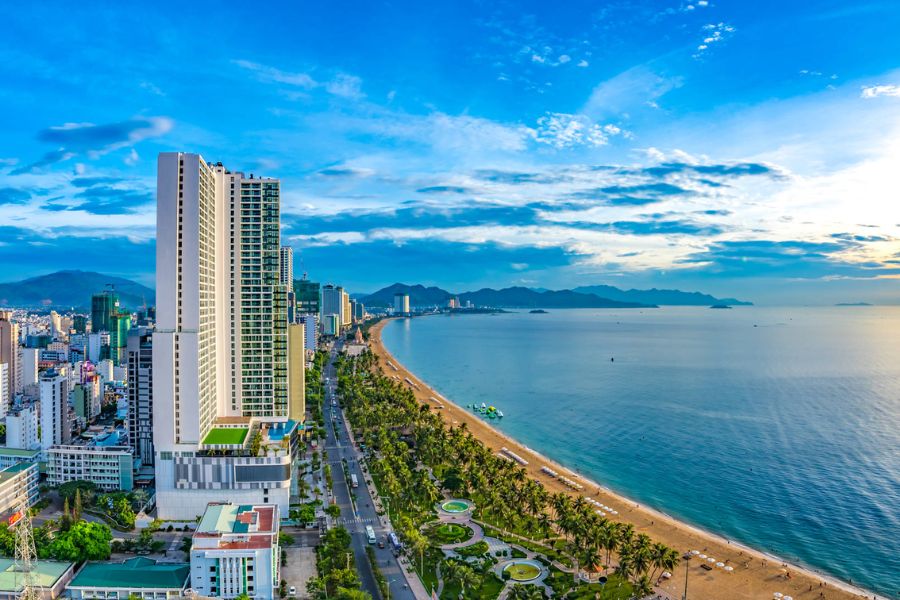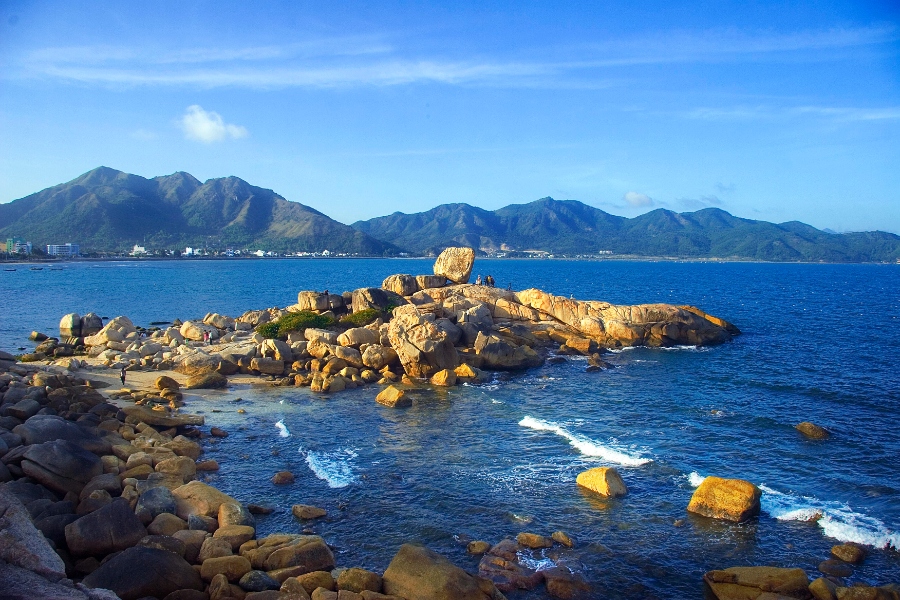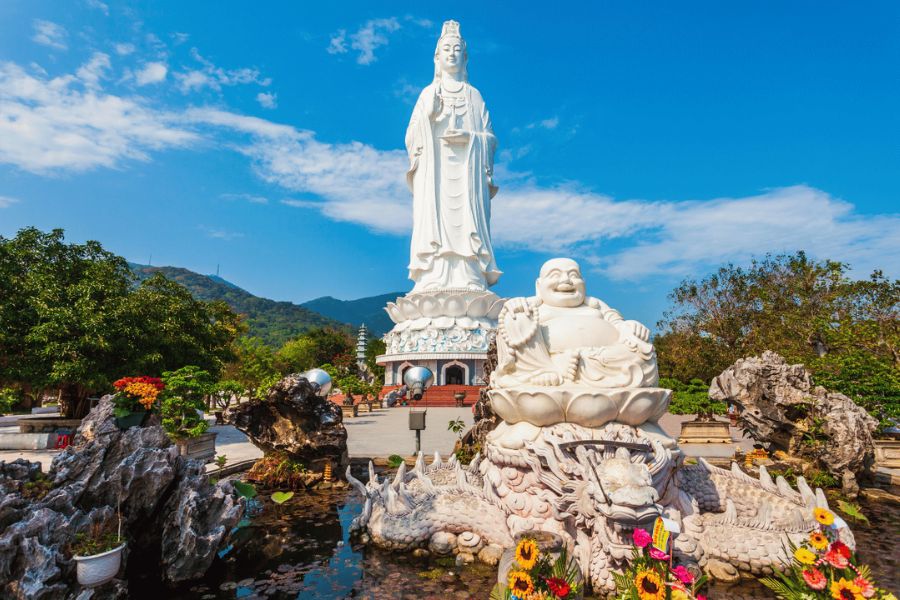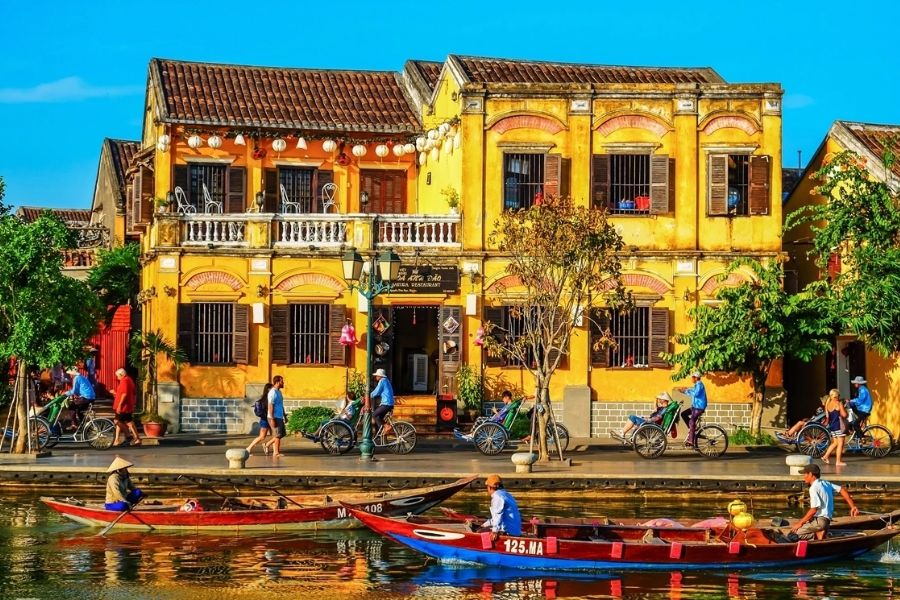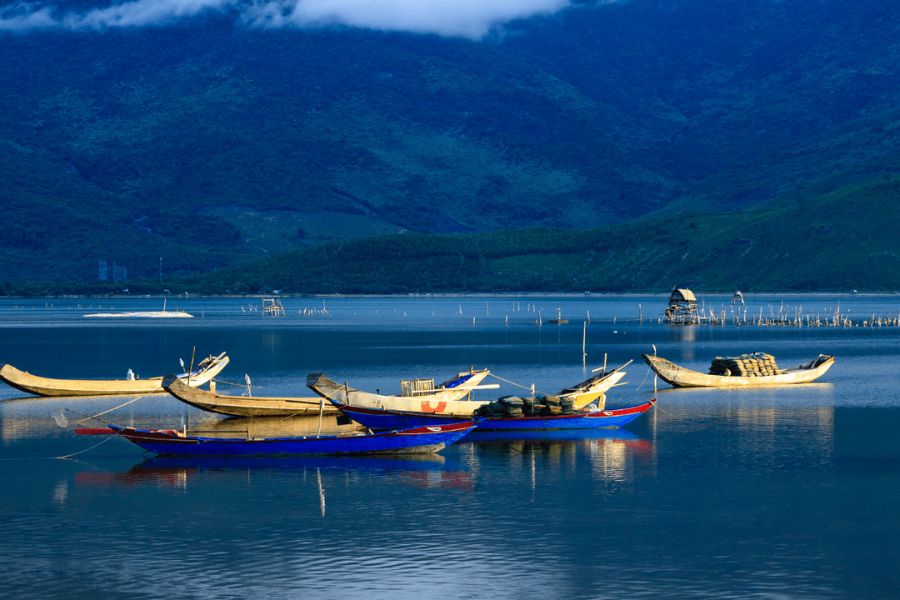Marble Mountains Da Nang: History, Caves & Travel Guide
Marble Mountains is a cluster of five limestone and marble hills found in Da Nang. It is known for its caves, pagodas, and bird views and has a wonderful combination of spiritual, historical, and natural sights, which attract many visitors.
Introduction To Marble Mountains
The Marble Mountains, called Ngu Hanh Son or Five Elements Mountains by locals, are a fascinating cluster of five marble and limestone mountains just 7-8 km southeast of Da Nang center. Their names, Metal, Water, Wood, Fire, and Earth, pay homage to ancient Eastern philosophy and add a further spiritual quality to the view.
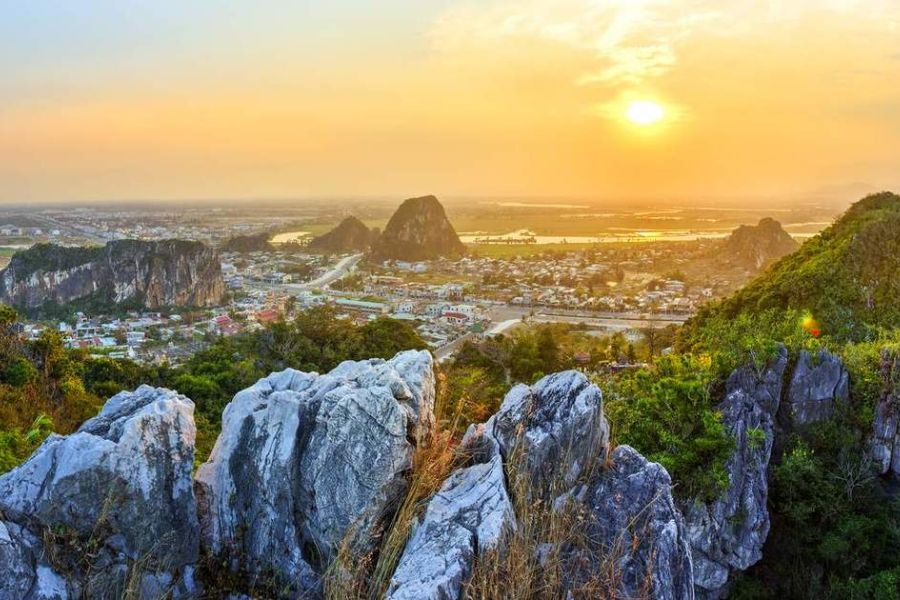
Marble Mountains provide visitors with an abundance of natural beauty, cultural, and spiritual attributes. Whether visitors enjoy climbing to the top of Thuy Son to see a panoramic view, like the confusing atmosphere inside Huyen Khong Cave, or gazing at the pagodas carved into a stone mountain, this location hosts an immersive experience. The craft villages nearby also provide an association with the historical craft tradition of stone carving. There are an abundance of reasons for visitors to see this destination, making it perfect for every Da Nang itinerary.
History Of Marble Mountains
Marble Mountains, or Ngu Hanh Son as they are known to locals, were named by Emperor Gia Long in the early 19th century, after the five elemental forces of nature: Metal (Kim), Wood (Moc), Water (Thuy), Fire (Ho), Earth (Tho). And if that sounds a little bit on the philosophical side, local legendary tales relate a mystical story: The egg of a dragon guarded by Kim Quy (the Golden Turtle God), when born, it broke into five pieces that became the beautiful mountains.

For hundreds of years, Marble Mountains attracted the attention of spiritual seekers, and pilgrims alike, and of course, craftsmen too. The area has numerous Buddhist and Hindu grottoes, including atmospheric Huyen Khong and Tang Chon caves, and temple shrines, including Tam Thai Pagoda and Linh Ung, that were built hundreds of years ago.
The Marble Mountains contain layers of Cham sculptures and Nguyen dynasty sites carved into the marble cliffs. During the Vietnam War, they were located beside the American Marble Mountain Air Facility, and some of the mountains became hiding places for revolutionary fighters.
Top 11 Iconic Attractions in Marble Mountains
Marble Mountains, known as Ngũ Hành Sơn, is an exciting series of limestone and marble hills near Da Nang. Each mountain is unique, with beautiful vistas, historical significance, and spiritual depth. Visitors to Marble Mountains can explore mystical caves, temples, and viewpoints to experience the culture and laid-back energy of the area.
Thuy Son
Thuy Son is the largest and most visited of them all, so any itinerary of Da Nang would have to include Thủy Sơn. When you reach the summit, you can see and appreciate the entirety of the Marble Mountains cluster, the sparkling coastline, and the city in the distance.

In addition to its stunning views, Thủy Sơn holds a lot of cultural and spiritual significance, showcased in the many shrines and statues that take influence from local Buddhist customs. Most of its paths meander around small caves and through ancient shrines, and for many, there is a sense of connection to not only nature but history as well.
Kim Son
Kim Sơn is renowned for its impressive 50m long cave with a stunning formation of stalactites mimicking the image of Quan Thế Âm Bồ Tát, standing on a dragon with her arms bent in an exalted position. The cave is a meditative site for many travelers in search of peace. There is a mountain in Kim Sơn shaped like the statue (mouth open) that has an annual festival called Quan Thế Âm festival, which features Buddhist rituals and prayers, along with local community engagement. This makes Kim Sơn a relevant destination for spiritual tourism.
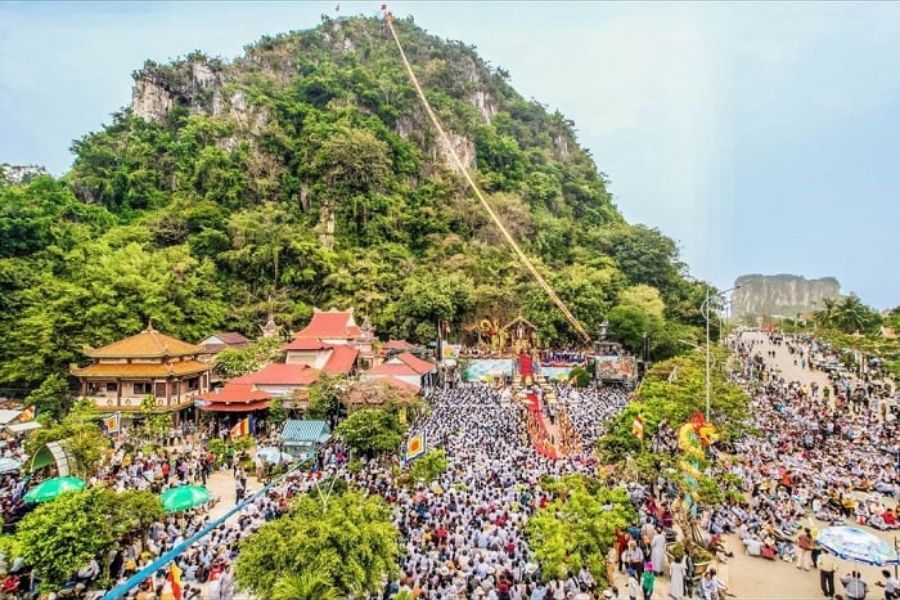
Moc Son
Mộc Sơn is different because of its beautiful white marble rock in the shape of a seated figure, the locals call Bà Quan Âm or Cô Mụ. Unlike every other mountain, Mọc Sơn has no temples or very little vegetation, creating a calm and undisturbed ambience. Travellers will often take a moment to observe the statue and cliffs nearby, taking in the minimalism and the nature around this tranquil mountain. The jagged ridges and openness make a great photography spot for travelling.
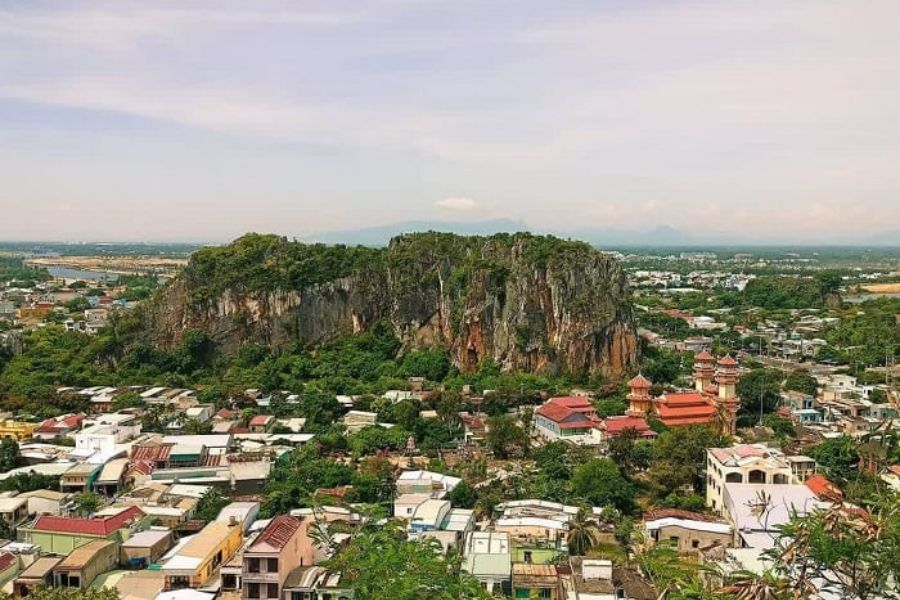
Linh Ung Pagoda
Linh Ung pagoda on Thủy Sơn, nearly 200 years old, is a temple in an oasis of natural beauty for you to have a spiritual hideaway. The main hall has a plethora of details with figures of Buddha, bodhisattvas, and guardians all intricately arranged. Visitors can take in the spiritual feel as well as the peaceful scenery of the mountain, and you can reflect on that, as well as stray from the cultural context. It is old and meaningful, so you won’t want to miss Linh Ung while at the Marble Mountains.
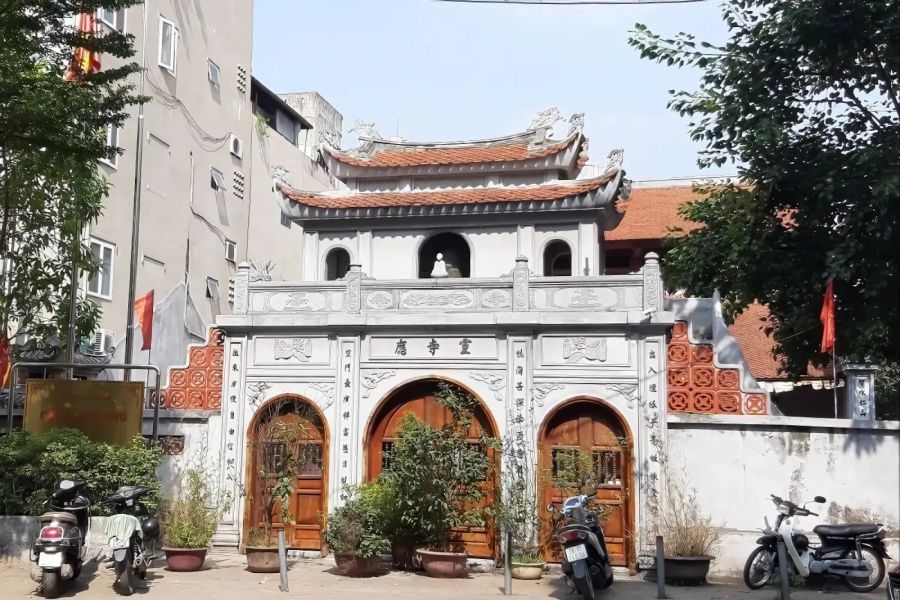
Hoa Son
Hỏa Sơn has two different peaks – to the east is Âm Hỏa Sơn and to the west is Dương Hỏa Sơn. Âm Hỏa Sơn is very appealing to rock lovers and nature people. Âm Hỏa Sơn has amazing rock layers and a tilted clock with scattered beds of vegetation present. Dương Hỏa Sơn has Linh Sơn Pagoda, Huyền Vy Cave, Phổ Đà Sơn, and other myths and legends. It is a beautiful context -miscellaneous rocks and trees in their raw habitats. You can take in the sense of quiet beauty and the rich historical meaning, and the beauty in a casual sense of the mountains.

Tho Son
Thổ Sơn is fascinating with its steep cliffs and narrow caves, and its historical value. Bồ Đề Cave, the Tunnel of Marble Mountains, used to be a place to hide and operate for the revolutionaries. The North side is home to Long Hoa Pagoda and Huệ Quang Pagoda, which allow visitors to reflect on nature and spirit. The mountain’s ruggedness and historical usefulness will encourage visitors to explore and learn.
Am Phu Cave
Âm Phủ Cave, or “Underworld Cave,” allows visitors to immerse themselves in preparing for a mysterious and exciting exploration. The cave’s interior is categorized into “Heaven” and “Hell,” which have twelve symbol prison gates in addition to depictions of Buddhist constructed beliefs about karma and the afterlife. While camping through the cave, visitors can absorb the morals and fables the Ancestors have provided, offering an intriguing combination of physical excitement coupled with education on beliefs and spirituality.
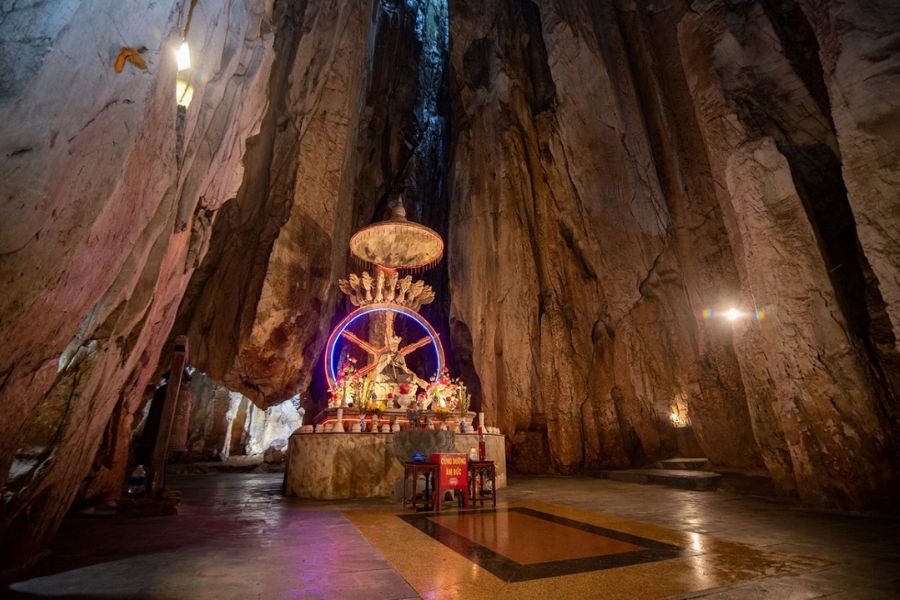
Huyen Khong Cave
Huyền Không Cave is an open cave renowned for its supernatural light and magical atmosphere. Sunlight penetrating the cavern creates an interesting drama of shadows and reflections. Individuals typically come here to pray for good fortune at the Ba Chua Tien Shrine or good health and harmony at the Chúa Thượng Ngàn Shrine. Its serene atmosphere and majestic natural beauty transform it into a favorite destination for photography and meditation.
Tam Thai Pagoda
Tam Thai Pagoda on Thủy Sơn is one of the oldest temples of Marble Mountains, offering religious enrichment and scenery as well. Its main hall houses statues of Quan The Am Bo Tat, Phat A Di Da, and Dai The Chi. The pagoda’s historical architecture and natural environment give the visitors a sense of peace and connection with Buddhist culture at a profound level. The vegetation around the pagoda provides it with a very appropriate place to halt and reflect.

Vong Giang Observation Deck
Vọng Giang Đài is a lovely lookout located on Thuỷ Sơn, which offers great views of the Marble Mountains and nearby rivers, namely Cam Le and Co Co rivers. Hike the thin, windy stone steps up to the square viewing area while enjoying the picturesque mountain and river scenery, and snap a few shots of the view and contemplate some time sitting quietly in such a beautiful place.

Non Nuoc Beach
Dedicated to the water, beach life begins with the stretch of sand, which is a great place to find some relaxation after exploring the mountains nearby. Non Nước Beach is the place to share stories about the beautiful blue water, soft sand, and stunning coastal aesthetic. The breezy beach! Of course, enjoy swimming, sunbathing, and perhaps enjoying another refreshing beverage while reflecting on the day’s exploration of marble mountains or stopping for a swim!
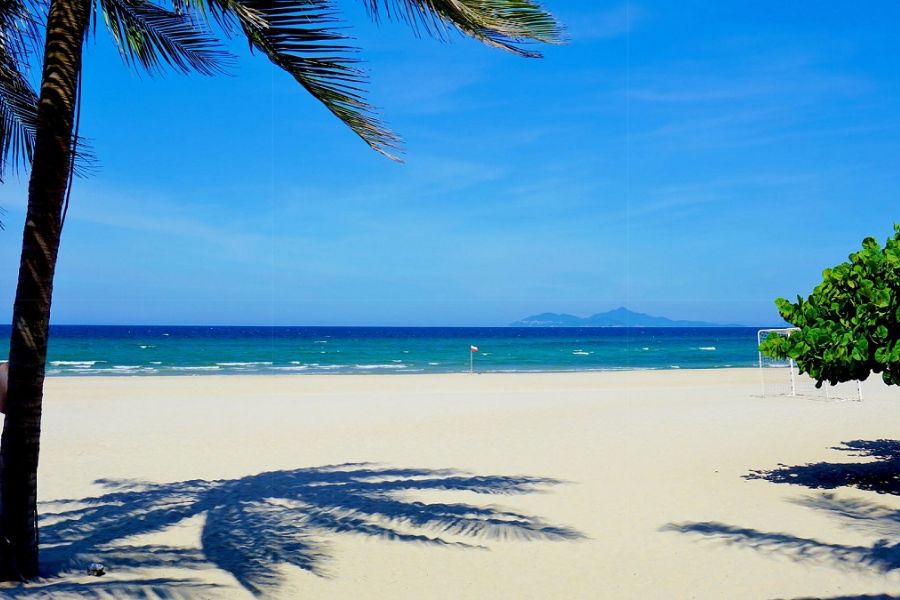
4 Cultural Experiences You Shouldn’t Miss
Here, every step you take is an opportunity to immerse yourself in history, spirituality, and the daily life of local people. You will be able to walk through hidden caves and up holy peaks. This experience brings you closer to the heart of Da Nang.
Climbing The Top Of Thuy Son
Before you reach the top of Thuy Son, you will climb hundreds of stone steps facing various shrines, statues, and scenic viewpoints. At the top, there are 360-degree views of the Marble Mountains, coastline, and Da Nang city. It is a mixture of exercise, spirituality, and beautiful scenery.
Discover Mystical Caves
The Marble Mountains have stunning caves, from the light-filled Huyen Khong Cave to the smaller, more intimate cavern called Tang Chon. Each cave has a unique atmosphere, and from incredible rock shapes to hidden shrines to places where nature blends with legend, you will leave with your own images of what is mystic.

Explore Ancient Pagodas
The temples and pagodas found in Marble Mountains may be considered spiritual sites, yet it is also an active part of history. Sites such as Linh Ứng Pagoda and Tam Thai Pagoda provide hundreds of years of Buddhist history and an opportunity to kindly gaze upon intricately carved stones, tranquil courtyards, and colorful altars. These locations allow you to glimpse the local spirituality while appreciating the joy of sitting quietly in a peaceful place.
Purchase Stone Souvenirs from Non Nước Village
Your culture tour isn’t complete without a chance to view the artisans from Non Nuoc Stone Village. This traditional craft village creates a plethora of marble and stone creations that vary in size from small decorative pieces to life-sized sculptures.
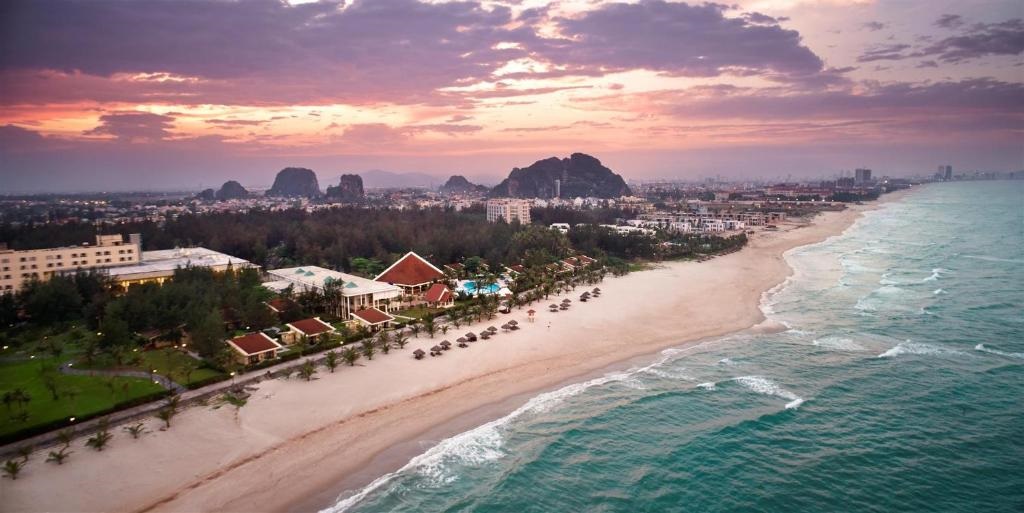
Watching the artisans create their pieces is gratifying as you see the level of skill used to create their sculptures, and this is something beyond the tangible product. Taking home a local culture piece is so much more than a souvenir; it is a piece of Da Nang’s heritage.
Entrance Fee
It’s extremely cheap to explore Marble Mountains, which lends even more access for individuals to enjoy its beauty and cultural significance, depending on the site and category of visitor. Children under the age of 6 are free.
| Attraction | Adults (per ticket) | Students | Children under 6 |
| Thuy Son Mountain | 40,000 VND | 10,000 VND | Free |
| Am Phu Cave | 20,000 VND | 7,000 VND | Free |
More information about the services at Thuy Son:
- Elevator fee: 15,000 VND/way (or round trip is 30,000/person);
- Tour guide & explanation service for 50,000 VND/group;
Best Time To Visit Marble Mountains
Marble Mountains can be visited at any time of year because the climate is generally mild and pleasant, but certain seasons may provide a more comfortable and enjoyable experience.

- Spring (February – May): This is the best time, with cool breezes, clear skies, and refreshing air; this is ideal for climbing and exploring caves.
- Summer (June – August): Warm and sunny weather makes it the best choice if you want to combine your adventure with a swim at nearby Non Nuoc Beach.
Tips: The best time to avoid the heat of the day is in the early morning or late afternoon, as you have the most comfort and best lighting to take pictures!
How To Get To Marble Mountains
Marble Mountains are approximately 8 km from Da Nang city center, so you will have many different ways to travel to and from Marble Mountains. Depending on your budget and travel style, you can choose whichever option works best for you.
- Motorbike Rental: This is the most popular choice for independent travelers. Rentals are typically priced around 120,000 – 150,000 VND/day, and you have total freedom to explore, which offers flexibility.

- Taxi / Grab: This is more of a fast and comfortable option, especially for short trips. A taxi / Grab will cost roughly 80,000 – 120,000 VND from Da Nang city center.
- Private Car (9-16 seats): This option is best for families or groups, where the price ranges between 500,000 – 700,000 VND/half day, but if you are more than 1 person, the price becomes manageable.
Things To Know Before Traveling To Marble Mountains
It is worth doing a little preparation before visiting the Marble Mountains so you can make the most of your visit. Here are some tips to help make your visit easier, safer, and more enjoyable.
- Wear good walking shoes since there are lots of stairs and uneven footpaths to traverse.
- Carry water and stay hydrated when possible, especially on hot days.
- Try to visit early in the morning or later in the afternoon to avoid the hottest part of the day.
- If you want to enter the pagodas and temples, dress modestly.
- Keep a bit of cash on you because not all stalls/facilities accept cards.
- Watch your footing when climbing and looking around in caves, as areas can be dry, wet, and slippery.
- If you want to learn about the history of the mountains and spiritual stories, consider hiring a local guide.
Final Thoughts: Are The Marble Mountains Worth Visiting?
Marble Mountains is not just a scenic landmark. It’s a destination where nature, culture, and spirituality all coexist in a harmonious place. From tranquil pagodas, stunning caves, and scenic lookouts, you are guaranteed to have an experience you’ll never forget! You can come here for adventure or for peaceful beauty, and alsp will be one of the highlights of your trip to Da Nang. Let Seni World take you on an amazing experience to the Marble Mountains to explore!



